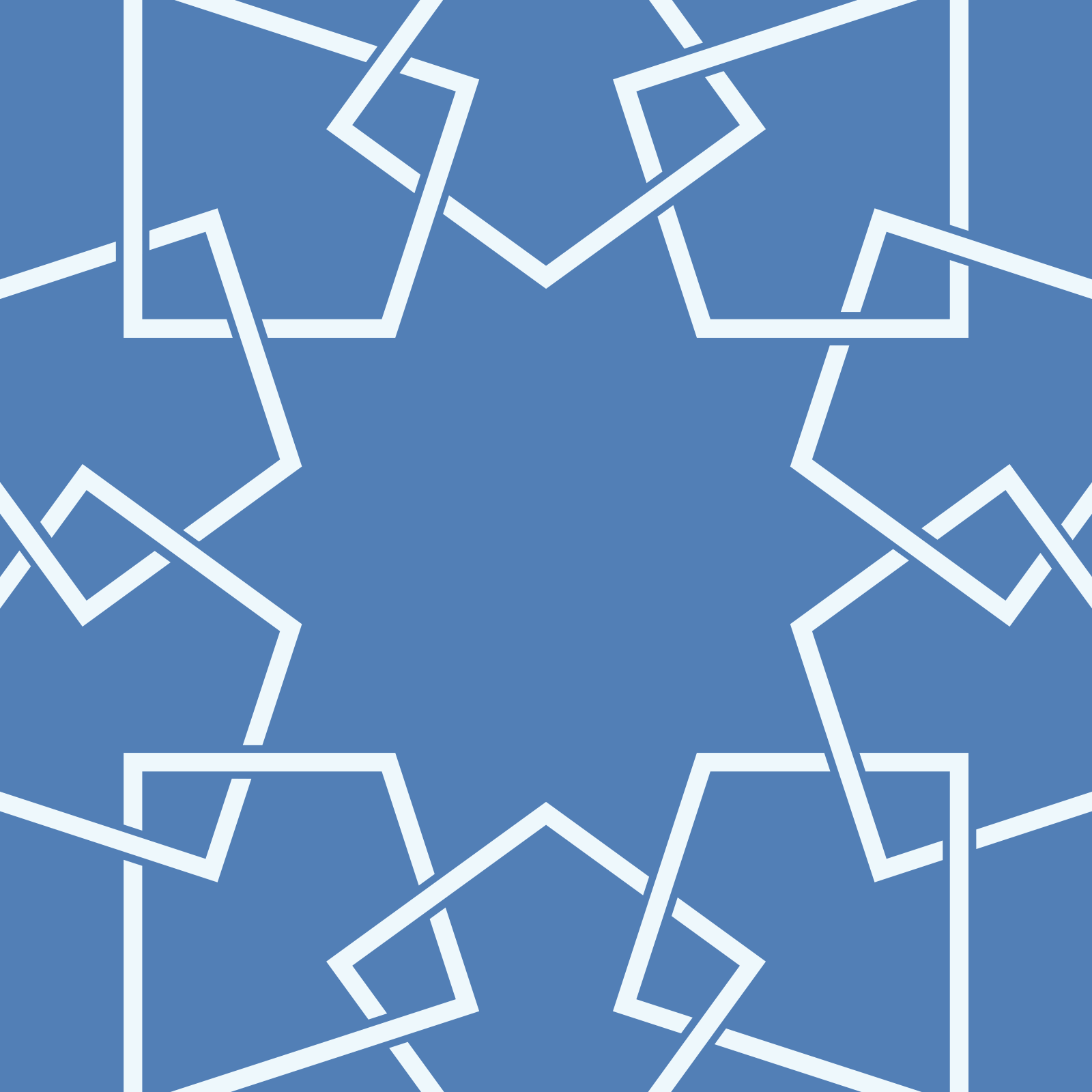Pakistan's Federal Directorate of Education issues dress code for male, female teachers
Published 07 Sep,2021 via Dawn - ISLAMABAD - The Federal Directorate of Education (FDE) on Monday asked female teachers not to wear jeans and tights and banned their male counterparts from wearing jeans and t-shirts.
All principals have been directed to ensure that their teaching and non-teaching staff (both male and female) ensured personal hygiene, including regular haircut, beard trimming, nail cutting and use of perfume.
Through a letter, the FDE directed the principals of schools and colleges to ensure implementation of the dress code and personal hygiene of the staff.
The letter issued by the director academics stated: “All heads of institutions/section in-charges shall ensure that every staff member observes reasonably good measures in their physical appearance and personal hygiene.”
This includes regular haircut, beard trimming, nail cutting, shower and use of deodorants/perfume. The letter said gatekeepers must always be in their recommended uniforms and all the support staff may also be allocated a uniform.
Explaining the dress code, the letter said all staff shall maintain formal dress code while in the institutions, premises and during official gatherings, ceremonies and meetings.
“It is recommended that all teaching staff must wear teaching gown while teaching in the class and lab coats while taking practical periods in laboratories,” the letter said, adding that the non-teaching staff must always maintain a presentable appearance in neat, clean and properly ironed clothes and appropriate shoes.
The letter recommended a formal dress for females which includes: “Appropriate simple and decent shalwar qameez, trouser, shirt with dupatta/shawl. Purdah observing females are allowed to wear scarf/hijab while ensuring its clean and neat appearance. Wearing of jeans and tights are not allowed in any case. Only formal shoes (pumps, loafers and mules) are allowed. Owing to long-standing hours during teaching, comfortable shoes like sneakers and sandals can be worn as well. But wearing of slippers is not allowed at all.
During the winter season, coats, blazers as well as sweaters, jerseys, cardigans and shawls of decent colours and design are allowed.
For male staff, the letter said: “Wear appropriate, simple and decent shalwar qameez preferably with waistcoat in accordance with the weather conditions. Wear dress shirt (full sleeves preferably with tie) and trousers (dress and cotton pants only). Wearing jeans is not allowed in any case. During the summer, a half sleeves dress shirt or bush shirt can also be worn but t-shirts of all types are not allowed.
“Only formal shoes (dress shoes, loafers, moccasins and boots) must be worn and owing to longstanding hours during teaching comfortable shoes like sneakers and sandals can be worn as well. However, wearing of slippers is not allowed at all,” the letter said.
It said for males, wearing shalwar qameez with waistcoat, pant and shirt with tie (preferably jacket/coat) was mandatory.
For females, event-appropriate decent dress (shalwar qameez, trouser, shirt) with dupatta/shawl must be observed. “Fancy/party dresses in official gatherings/meetings are discouraged,” added the letter.
While commenting on the letter, a teacher on condition of anonymity said in many institutions under the FDE, particularly in colleges, there were many PhD degree holding teachers who along with other teaching and no-teaching staff were now supposed to observe regular haircut, nail cut besides using perfume.
“Instructions related to hair and nail cuts should be for students, not for teachers. It is strange, however, I personally support the instruction related to the dress code,” he said.
When contacted, a director of the FDE said the letter was issued with a good intention. It is the responsibility of teachers to observe a proper dress code as they are a role model for students.
Asked about nail cutting and haircut, he said the teaching and non-teaching staff was just sensitised through the letter.
The letter said research had proven that an attire left influence on the perception of the viewers, whether students or others. An outlook imposes a very positive expectation subject to the likeliness and behavioural pattern of students.
“There is no doubt about it that a positive impression ultimately imposes a positive learning atmosphere and creates a long-lasting impression in students’ mind. Therefore, the need was felt to reiterate the importance of the dress code and the professional attire of the education sector staff,” he added.
Copyright © Pakistan Herald Publications (Pvt.) Ltd. Provided by SyndiGate Media Inc. (Syndigate.info)
DISCLAIMER: This content is provided to us “as is” and unedited by an external third party provider. We cannot attest to or guarantee the accuracy of information provided in this article from the external third party provider. We do not endorse any views or opinions included in this article.

Dawn